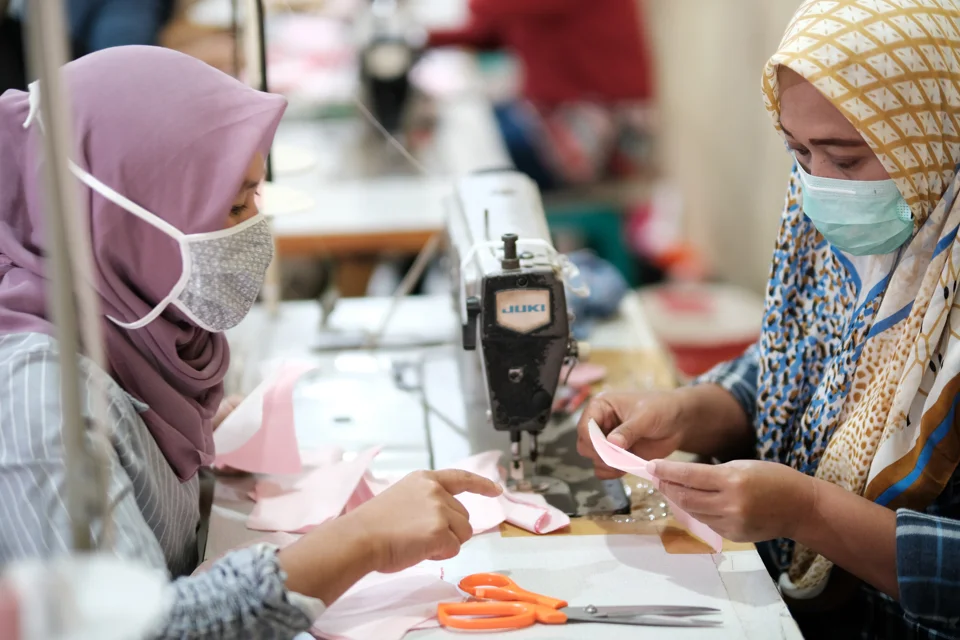The global pandemic had an unprecedented impact on various industries, and the household sewing machines market was no exception. While the sewing machine industry saw a dip in sales in the initial months of the pandemic due to supply chain disruptions, it rebounded strongly as more consumers took up sewing as a hobby or side business.
A Surge in DIY Culture
One of the notable impacts of the pandemic was the increase in DIY culture. With restrictions on movement and people spending more time at home, there was a surge in the number of individuals taking up sewing as a productive hobby. This cultural shift towards self-sufficiency spurred an increase in demand for household sewing machines, particularly those with versatile capabilities for tasks like making face masks and home essentials.
Demand for Affordable Machines
Amid economic uncertainty, there was a higher demand for budget-friendly sewing machines. Manufacturers responded by offering entry-level models with basic yet essential functions that appealed to beginners. This affordability factor, combined with increasing online tutorials and guides, helped fuel market recovery post-pandemic.
E-commerce Surge
The pandemic also accelerated the shift towards e-commerce. More consumers turned to online platforms to purchase sewing machines, and this trend is expected to persist even in the post-pandemic world. Companies with strong e-commerce strategies have benefited significantly from this shift, and the online sales channel remains a key driver of market growth.
Looking Ahead
As the world adapts to the new normal, the household sewing machines market is expected to continue thriving. The report forecasts a sustained increase in demand, with manufacturers increasingly focusing on innovations that cater to changing consumer needs in a post-pandemic era.

